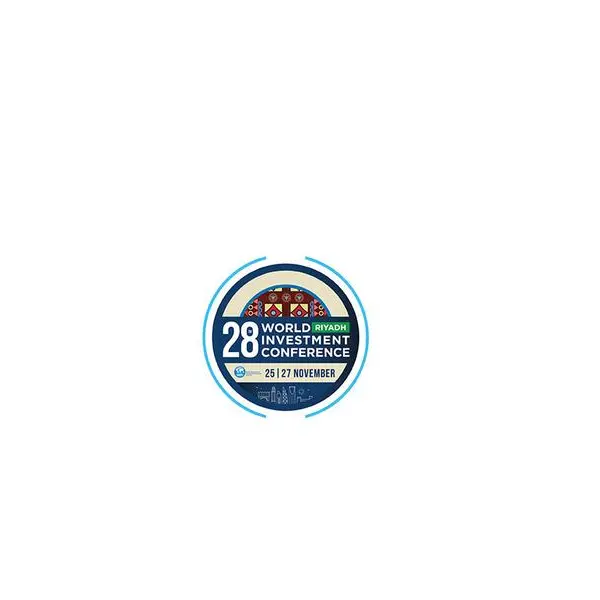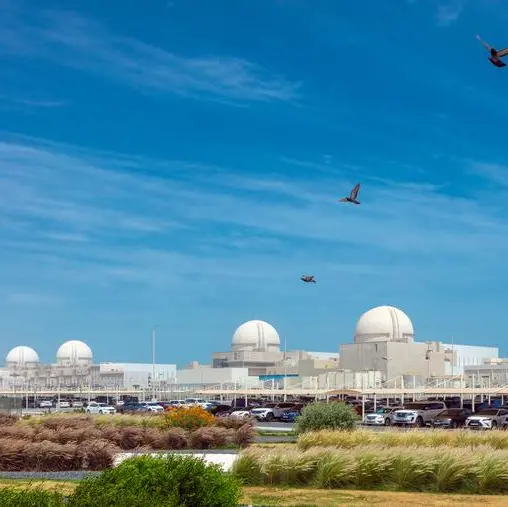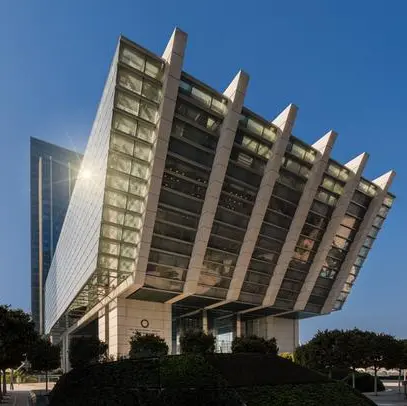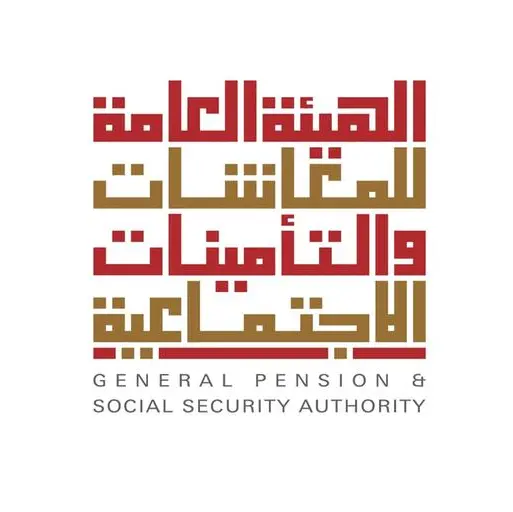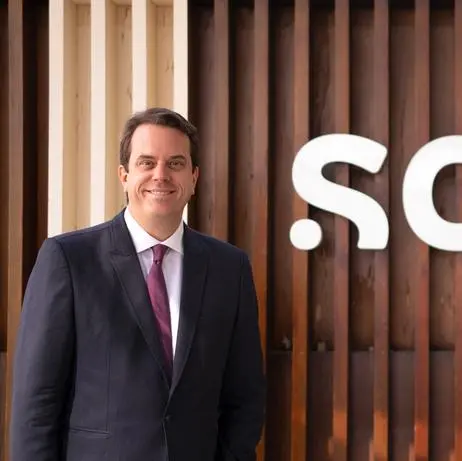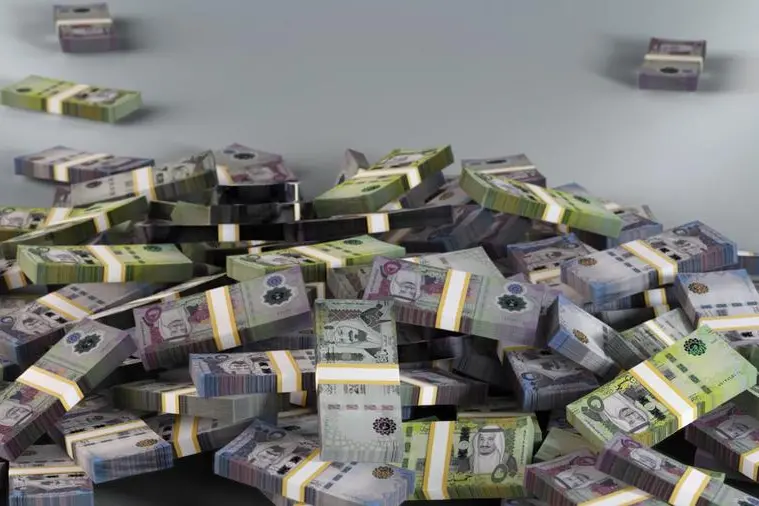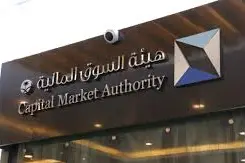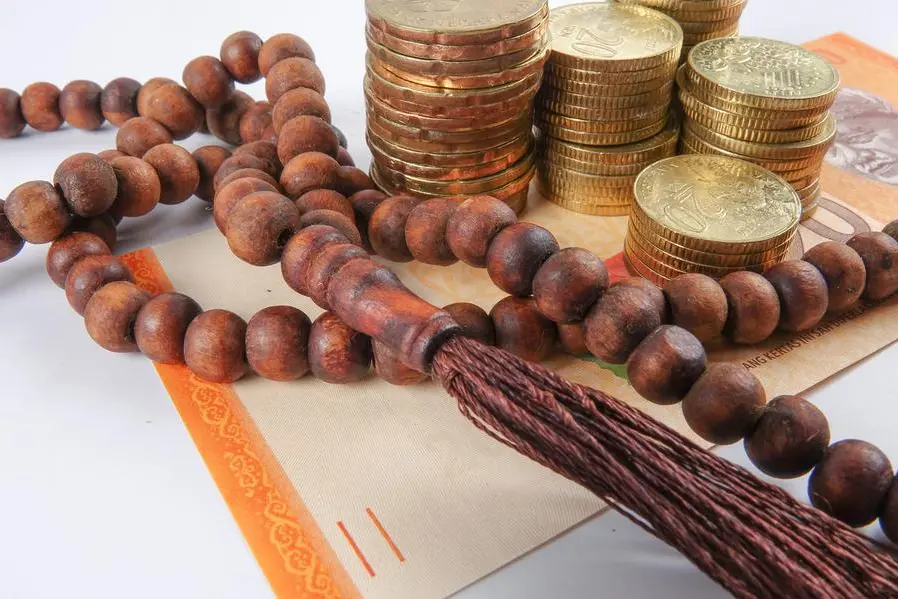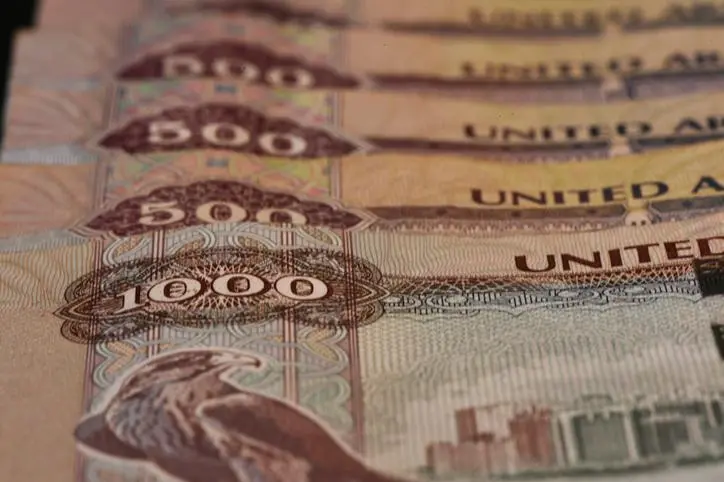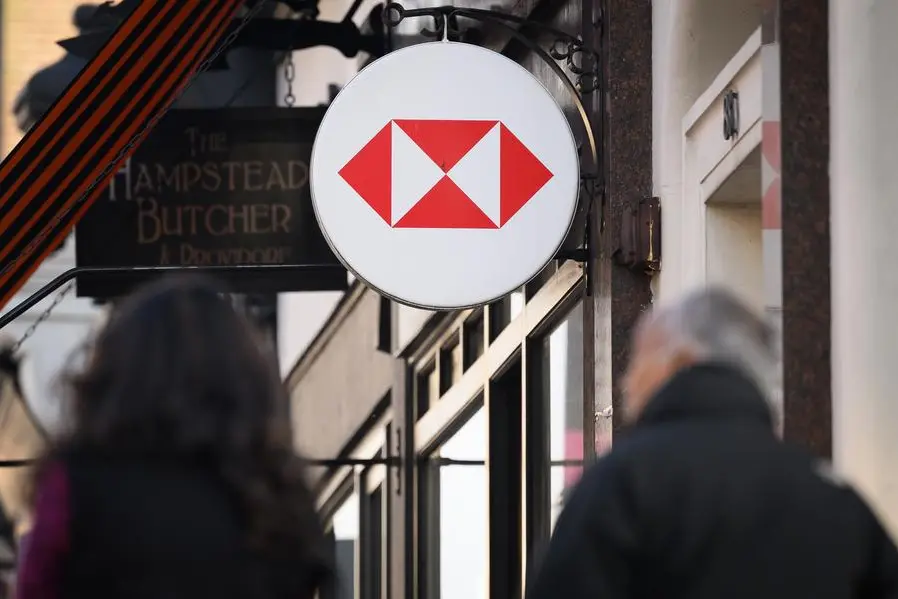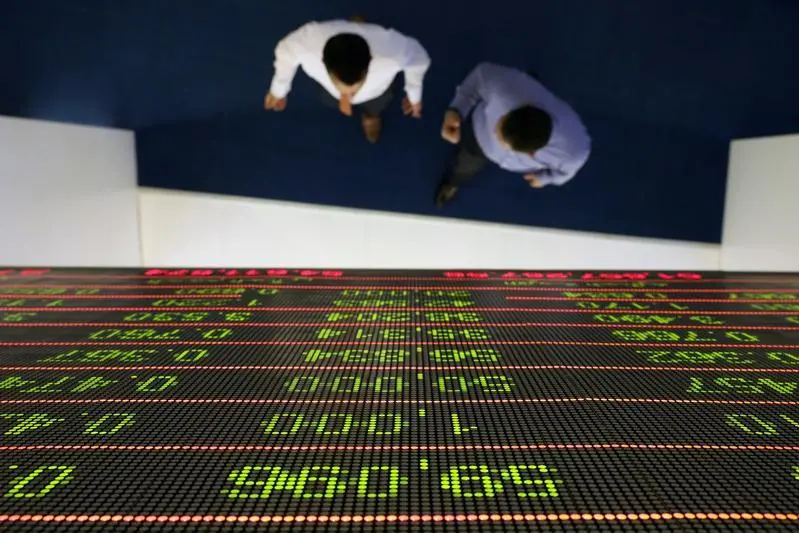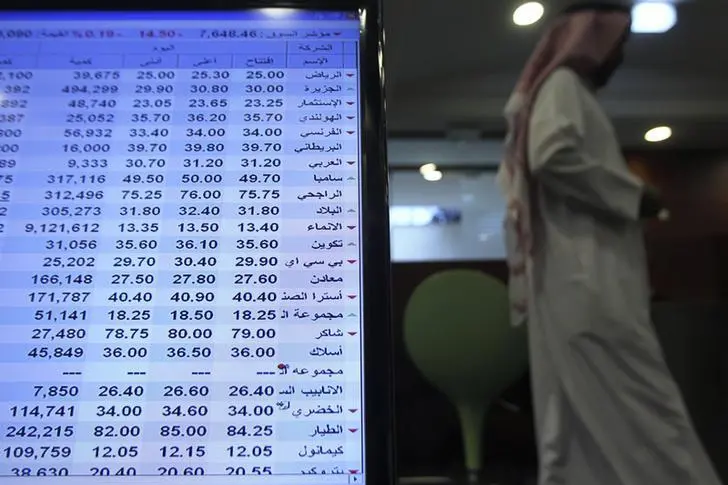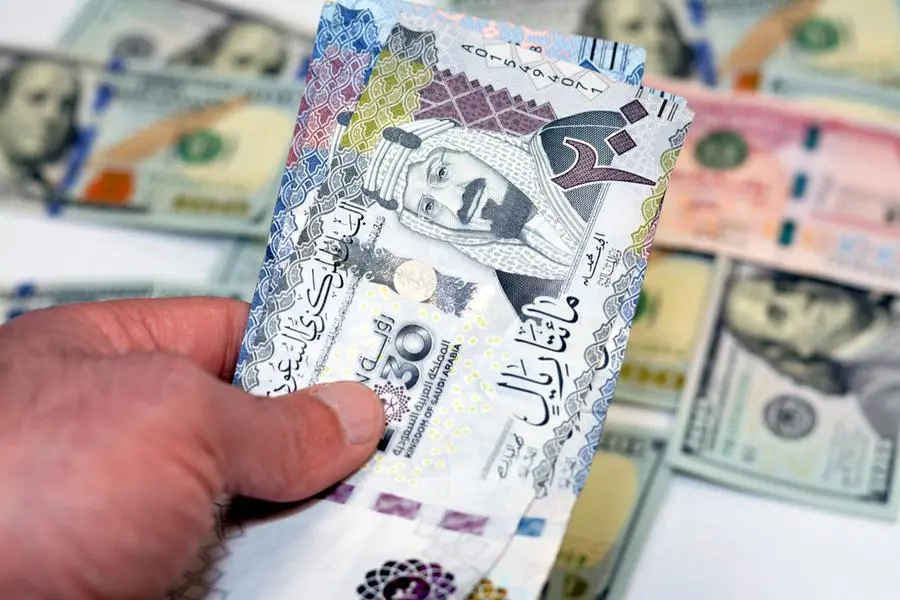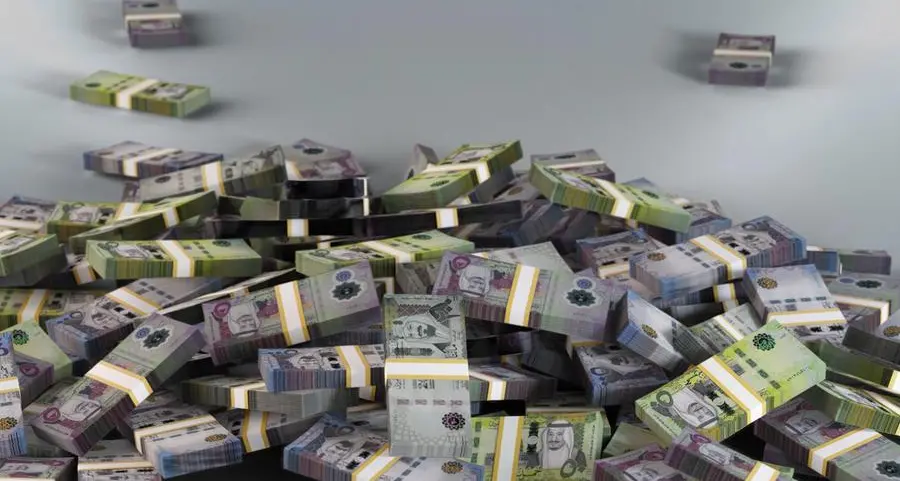- Developing economies see 30 times faster growth than developed ones
- Average nation brand value growth among developing economies at 13.9% compared to only 0.4% for developed economies
- China closing gap behind leader US, following 40% brand value growth
- Japan overtakes UK in 4thspot, as Brexit uncertainty prevents growth
- India makes gains jumping to 7thspot, while no new brands break into top 10
- Singapore remains world’s strongest nation brand, Brand Strength Index (BSI) score 90.5 out of 100
11 out of the 20 fastest-growing nation brands of 2019 come from the Middle East and Africa, with the UAE leading the way as the region’s strongest and most valuable brand at US$730 billion. Ghana (up 67%), Uganda (up 56%), and Egypt (up 50%) also feature in the top 5, according to the latest report by Brand Finance, the world’s leading independent brand valuation consultancy.
UAE leads the way
When pitted against neighbouring MENA nations, the United Arab Emirates leads in both nation brand strength and value, with its nation brand value up 3% from US$707 billion to US$730 billion. The UAE’s nation brand scores highly on the quality and efficiency of its infrastructure and is to be commended for its improved ease of doing business. The UAE market is also seen as attractive, particularly given its size and healthy level of competition.
David Haigh, CEO of Brand Finance, commented:
“This year’s results show the Middle East nations are persevering through to rival the traditional nation brand powerhouses of the West. In the run up to Expo2020 next October, we see the UAE leading the pack ahead of its GCC neighbours. Saudi Arabia follows closely behind at 21st rank and Qatar is up 35% to 37th place.”
Developing vs developed economies
The average year-on-year nation brand value growth among the developing economies stands at 13.9%, compared to as little as 0.4% for the developed economies included in the annual study into the world’s 100 most valuable nation brands. This means that – on average – the nation brands of developing economies have been growing at a pace 31.3 times faster than the developed ones.
Nation brand values of most developed economies have contracted or stagnated year on year. Japan is a notable exception with 26% growth, but even so – it is only the 15th fastest-growing nation brand this year, behind many developing African, Middle Eastern, Asian, and Latin American nation brands.
David Haigh, CEO of Brand Finance, commented:
“With the Western world seeing a real crisis of leadership on both sides of the Atlantic, the developing world is catching up. Bolder, more agile, increasingly innovative African, Middle Eastern, Asian, and Latin American nation brands are racing ahead at breakneck speed, poised for further growth in the years to come.”
Although catching up, at US$37.8 trillion – the combined nation brand value of the 65 developing economies in the study remains far behind that of the 35 developed economies – which sits at US$60.3 trillion. Topping the ranking again this year, the nation brand value of the United States alone stands at US$27.8 trillion.
China shows no sign of slowing
Claiming second position, China continues to grow at a very healthy rate, recording an impressive 40% increase in brand value to US$19.5 trillion. Building on its solid performance in previous years, China is closing the gap behind long-standing leader the US, which has recorded a brand value growth of just 7% over the past year. The difference in value between the two nation brands has dropped from US$12 trillion last year to just over US$8 trillion in 2019.
The two largest economies in the world have been at loggerheads since July last year in a bitter trade war, with tariffs imposed by both sides on billions of dollars’ worth of imports and exports. Despite this, China’s brand value has defied the expectations of a slowdown, benefitting from the glowing success of some of its most dominant and valuable brands, including ICBC, Huawei, and Alibaba. The latter two in particular have embraced strong marketing strategies that mirror their international counterparts, which have helped successfully propel them onto the global stage as legitimate competitors to Western brands.
David Haigh, CEO of Brand Finance, commented:
“China is undergoing a meteoric rise on the global stage. Despite economic and political challenges, China’s nation brand value has grown by 40%, consistently outpacing the US and other major economies.”
Japan overtakes UK
Behind the US, China, and third-placed Germany, Japan’s brand value has increased 26% to US$4.5 trillion. In spite of predictions that its economy would suffer in the face of a global slowdown, Japan has been able to reap the benefits from its solid consumer spend and high levels of business investment. As the tech powerhouse economy of Asia, Japan is progressively forward-thinking and outward-looking, protecting itself amid global uncertainty. Championed by Abe and Trump, the Free and Open Indo-Pacific Strategy supports and promotes connectivity and free trade in its own right. However, the nation is contending with its ‘super-aging’ society putting pressure on social and health services.
In addition to measuring overall brand value, Brand Finance also evaluates the relative strength of nation brands, determined by performance on dozens of data points across three key pillars: Goods & Services, Investment, and Society. According to these criteria, Japan has also recorded solid growth in brand strength, jumping to a AAA brand strength rating, with a corresponding BSI score of 85.8 out of 100.
David Haigh, CEO of Brand Finance, commented:
“Japan is increasingly becoming a tourism hotspot, with millions visiting every year hoping to soak up the culture and explore all the country has to offer. With the nation currently hosting the 2019 Rugby World Cup and next summer’s Tokyo 2020 Olympics just around the corner, there is no doubt we will see an even greater uplift in Japan’s brand strength in the future.”
Taking fourth rank, Japan has pushed the UK, which saw little uplift from last year (up 3% to US$3.9 trillion), into fifth position. With the final Brexit decision yet to come and therefore not currently accounted for in the nation’s brand value, the next few months will be crucial in determining the UK’s future outlook.
Ireland makes the most of Brexit
The uncertainty around Brexit has prevented both the UK and the rest of the EU from faster growth. Ireland, however, seems to be making the most of the situation. Ireland’s nation brand value has more than doubled since 2015 – the year before the disruption of status quo through the Brexit referendum – increasing 110%. By contrast, in the same period, the UK’s nation brand value and the combined brand value of the other EU member states have only grown 19% and 32% respectively.
Confirming strong performance, Ireland is the fastest-growing nation brand in Western Europe in 2019, up 12% to US$604 billion, while all other players in the region have recorded a minimal uptick or a decline. A potential no-deal scenario is however likely to cause challenges for Ireland going forward.
No new entrants to top 10
Although there were no new entrants to the club, India (up 19% to US$2.6 trillion) has made the largest jump within the top 10 – from 9th to 7th position. The economy was quick to recover after the global financial crisis, with growth now reduced by a recent slowdown in both the manufacturing and construction sectors. The Indian government has launched several initiatives to try and boost the nation’s exposure on the world stage, including ‘Make in India’ and the Swachh Bharat mission.
Other movers in the top 10 include: Canada, dropping from 7th to 8th (down 2% to US$2.2 trillion); Italy falling from 8th to 10th (down 5% to US$2.1 trillion); and South Korea, which has inched up one place from 10th to 9th (up 7% to US$2.1 trillion). South Korea is one of Asia’s largest economies and benefits from its strong export base and improved structural policies that have bred inclusion and enhanced productivity.
Singapore is world’s strongest
Singapore has retained its title of the world’s strongest nation brand, earning the elite AAA+ rating and a Brand Strength Index (BSI) score of 90.5 out of 100. Although this is a slight drop from 2018, Singapore is the only nation in the ranking to record a BSI over 90.
The highly prosperous city-state serves as the business hub of Southeast Asia and is renowned for its world-class education, healthcare, transport, and low crime levels. These factors, paired with the nation’s unwavering political stability and commitment to its ‘Future Economy’ strategy, makes the island a very strong and stable nation on the global stage.
David Haigh, CEO of Brand Finance, commented:
“Singapore’s pioneering efforts in human capital development make it an exemplary nation for its high-class healthcare facilities and first-rate education. These are the types of investments which drive the nation’s sustained growth and build brand strength.”
Ends
Every year, Brand Finance values 5,000 of the world’s biggest brands. The 100 most valuable and strongest nation brands are included in the Brand Finance Nation Brands 2019 ranking.
The classification of developed and developing economies in the study relies on the definitions included in the United Nations’ World Economic Situation and Prospects.
Additional insights, charts, and more information about the methodology are available in the Brand Finance Nation Brands 2019 report.
Data compiled for the Brand Finance rankings and reports are provided for the benefit of the media and are not to be used for any commercial or technical purpose without written permission from Brand Finance.
Media Contacts
Sehr Sarwar
Communications Director, Arabic & English
T: +44 (0)2073 899 400
M: +44 (0)7966 963 669
Follow us on Twitter @BrandFinance and LinkedIn, Instagram, and Facebook.
About Brand Finance
Brand Finance is the world’s leading independent brand valuation consultancy, with offices in over 20 countries. Brand Finance bridges the gap between marketing and finance by quantifying the financial value of brands.
Brand Finance helped craft the internationally recognised standard on Brand Valuation – ISO 10668, and the recently approved standard on Brand Evaluation – ISO 20671.
Brand Finance is a chartered accountancy firm regulated by the Institute of Chartered Accountants in England and Wales (ICAEW), and also the first brand valuation consultancy to join the International Valuation Standards Council (IVSC).
Brand Finance’s brand value rankings have been certified by the Marketing Accountability Standards Board (MASB) through the Marketing Metric Audit Protocol (MMAP), the formal process for validating the relationship between marketing measurement and financial performance.
Methodology
Brand Finance measures the strength and value of the nation brands of 100 leading countries using a method based on the royalty relief mechanism employed to value the world’s largest corporate brands.
Step 1 – Nation Brand Strength
Nation Brand Strength is the part of our analysis most directly and easily influenced by those responsible for their country’s nation brand campaigns. It is determined by reference to performance on dozens of data points across three key ‘pillars’; Goods & Services, Investment, and Society. These are divided into sub-pillars and individual metrics. Each metric is scored out of 100 and together contribute to an overall Brand Strength Index (BSI) score for the nation brand, also out of 100. Based on the score, each Nation Brand is assigned a brand strength rating in a format similar to a credit rating.
Step 2 – Royalty Rate
The hypothetical royalty rate charged is determined by reference to average rates seen across sectors which are applied to the country based on the proportion of the country’s GDP generated from the primary, secondary, and tertiary sectors. The Brand Strength Index is relied upon to determine the appropriate royalty rate for the country.
Step 3 – Revenues
The nation brand valuation is based on forecasts of GDP in each country taken from the World Economic Outlook of the IMF. The applicable royalty rate calculated in Step 2 is applied to the country’s GDP to determine brand-related GDP streams.
Step 4 – Weighted Average Cost of Capital (WACC) or Discount Rate
In order to account for the risk across each national economy a discount rate is calculated. This represents the average cost of a brand’s sources of finance and the minimum return required on the brand asset. The discount rate is used to calculate the present value of future brand earnings (accounting for the time value of money and the associated risk).
Step 5 - Brand Valuation
The post-tax brand-related GDP streams identified in Step 3 are then discounted to a net present value using the discount rate, to determine the nation brand value.
Best wishes
Sehr
Sehr Sarwar
Communications Director
Brand Finance
3 Birchin Lane, London, UK, EC3V 9BW
T. +44 (0)207 389 9400
D. +44 (0)207 389 9417
M. +44 (0)796 696 3669
s.sarwar@brandfinance.com
www.brandfinance.com
Disclaimer: The contents of this press release was provided from an external third party provider. This website is not responsible for, and does not control, such external content. This content is provided on an “as is” and “as available” basis and has not been edited in any way. Neither this website nor our affiliates guarantee the accuracy of or endorse the views or opinions expressed in this press release.
The press release is provided for informational purposes only. The content does not provide tax, legal or investment advice or opinion regarding the suitability, value or profitability of any particular security, portfolio or investment strategy. Neither this website nor our affiliates shall be liable for any errors or inaccuracies in the content, or for any actions taken by you in reliance thereon. You expressly agree that your use of the information within this article is at your sole risk.
To the fullest extent permitted by applicable law, this website, its parent company, its subsidiaries, its affiliates and the respective shareholders, directors, officers, employees, agents, advertisers, content providers and licensors will not be liable (jointly or severally) to you for any direct, indirect, consequential, special, incidental, punitive or exemplary damages, including without limitation, lost profits, lost savings and lost revenues, whether in negligence, tort, contract or any other theory of liability, even if the parties have been advised of the possibility or could have foreseen any such damages.
